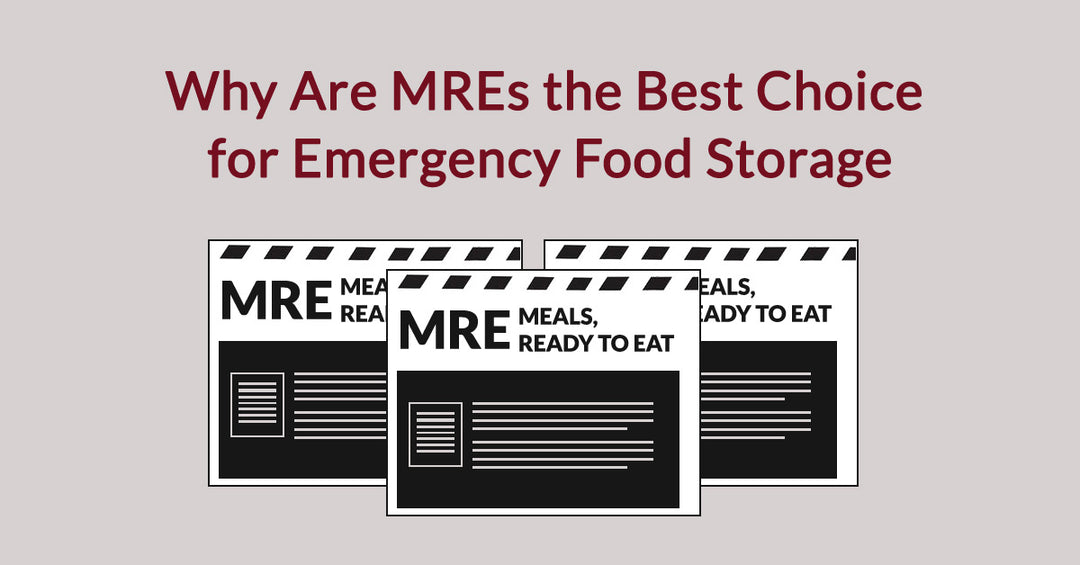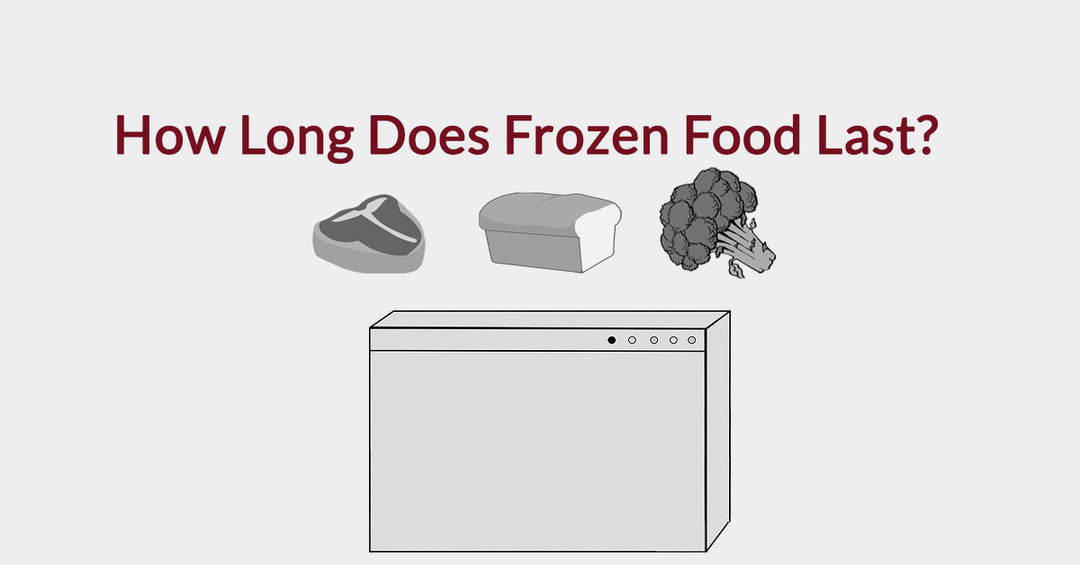How to Reliably Store Emergency Supplies So They’re There When You Need Them

Millions of people continually work hard to prepare themselves and family for a variety of different emergencies. These can include floods, wildfires, hurricanes and any other disasters that might arise. But how do you prepare for all these different threats effectively? The answer comes down to creating a diverse plan that addresses multiple needs that starts with the basics.
Water & Food
The two things which we will always need are food and water. Without these resources a survival situation is going to be made tremendously more difficult.

Providing water is best handled through a combination of stocking bottled water and preparing water filters. If your stock runs out, then dirty water can be safely utilized through water filtration. Prior to this, a ready stock of water available at the start of an emergency already has you in the right direction. It can be as simple as keeping some water in the car, garage, etc... Water can also be stored in other larger vessels as well for those looking to really stock up.

Most people who've looked into emergency prepping know that MREs are are great option for food storage. Meals ready to eat, or MREs, were designed to pack a strong nutritional payload into an easily stored compact package. MREs even scale in their overall complexity. Some consist of little more than a single type of food. Other MREs contain a full course of different foods, eating utensils and heating elements. Even these larger MRE packages are exceedingly user friendly.
With all that in mind it might seem like the fundamentals of our emergency supplies are fairly straightforward. It's true that deciding on the basics is fairly easy. However, there's one final part of this preparatory process left to consider. The final step involves deciding upon a location to store the emergency supplies.

Storage Locations Are As Important as the Supplies Kept There
This might seem like an exceedingly minor issue at first. It's the fact that it seems like such a trivial matter which makes it such an easy stumbling block. People often fail to put much thought into their storage location. Likewise, even people who know the importance of storage locations often decide to put it off for later. In both cases these people typically never get around to picking out and stocking a proper storage location. This is a huge issue for anyone who cares about proper emergency preparedness.
The biggest issue comes down to the availability of our supplies. Take a moment and really think about how people react during emergencies. People are generally panicked and not thinking very clearly. With some emergency drills and preparation, it's possible for an entire family to meet up in a secure location. However, now imagine if every single member of a family felt that it was their job to grab water and MREs. At best this would create a duplication of effort. At worst it might result in injury as people needlessly put themselves in danger trying to find a half remembered stash of supplies.
It's important to choose a safe, secure and easily accessible location to store emergency supplies. We should always ensure every member of the household knows where this location is as well. In the case of an emergency, every person in a household should know where to go. Likewise, everyone should know which supplies are on hand within that area. This does two things. The first is that it helps keep people moving toward safety during an emergency. People are less likely to head off to track each other down if they're aware the whole family is moving toward the same spot.
The other benefit comes from the fact that nobody will veer off course to grab something they thought of at the last minute. Everyone will know in advance that the area has everything they need. There's another important element of a storage location as well. It's a matter of how the environment interacts with the materials stored there.

An Issue of Time and Temperature
MREs are remarkably tolerant of their environment. After all, meals ready to eat were originally developed for military use. The researchers who created MREs have and continue to take great pains to ensure they're usable in almost any situation. MREs need to remain stable and edible in everything from the coldest snowstorm to the hottest jungles. MREs also need to remain stable if they're in storage for an extended period of time.
None of this should be taken to mean that MREs are impervious to environmental conditions. MREs are remarkably hardy and their packaging even more so. However, time and the elements will take an inevitable toll on anything. No food will last forever in long-term storage. But at the same time, we need emergency food to be edible when an unpredictable situation occurs. Thankfully, we can vastly extend the already long shelf life of MREs by carefully deciding on a storage location.
Any given MRE will have a slightly different shelf life due to a wide variety of variables. The manufacturing and distribution times, ingredients, packaging and a number of other factors will impact an MREs shelf life. However, this is usually a fairly minor amount of variability. What really matters is an environment's temperature. Everyone knows that keeping a meal in the fridge or in direct sunlight will have very different results. The same is true of MREs.
Storage Locations Should Be Cool and Dry
Most MREs have a stable shelf life of about five years by default. However, that can be extended by keeping it cool. One doesn't have to keep it in the fridge or freezer. In fact, it's important to keep MREs from freezing. If an MRE freezes there's a chance the process might damage its packaging. The packaging of MREs is one of the main reasons why it has such a long shelf life. As such it's important to keep the packing intact and to minimize the chances of it freezing.
But with that in mind, we can get a lot out of keeping MREs in a chilled environment. A chilly, but not freezing, location can extend an MREs life by as much as five years. And most people have access to just such an environment within their basement. A basement is also a good safe spot due to the absence of windows and a firm foundation within the earth. This means that even in the worst storm or tornado one will be able to stay safe and maintain a stable supply of food and water.
Of course, many people don't have basements. In that case one should try to create a safe environment which mimics the benefits of a basement. It should remain fairly cool in order to maximize the emergency food supplies shelf life. And the location should be dry for similar reasons. This will also ensure the performance and stability of electronics stored in the safe area.
Staying Safe by Maintaining Supplies
Finally, it's important to rethink all of these steps on a regular basis. Things have a tendency to change over the years. People come and go in a household. New areas might open up while others become repurposed. Every now and then we should go over all of these steps and ensure that an emergency location is well stocked and safe. Likewise it's important to ensure that everyone in the household understands the situation as well.




